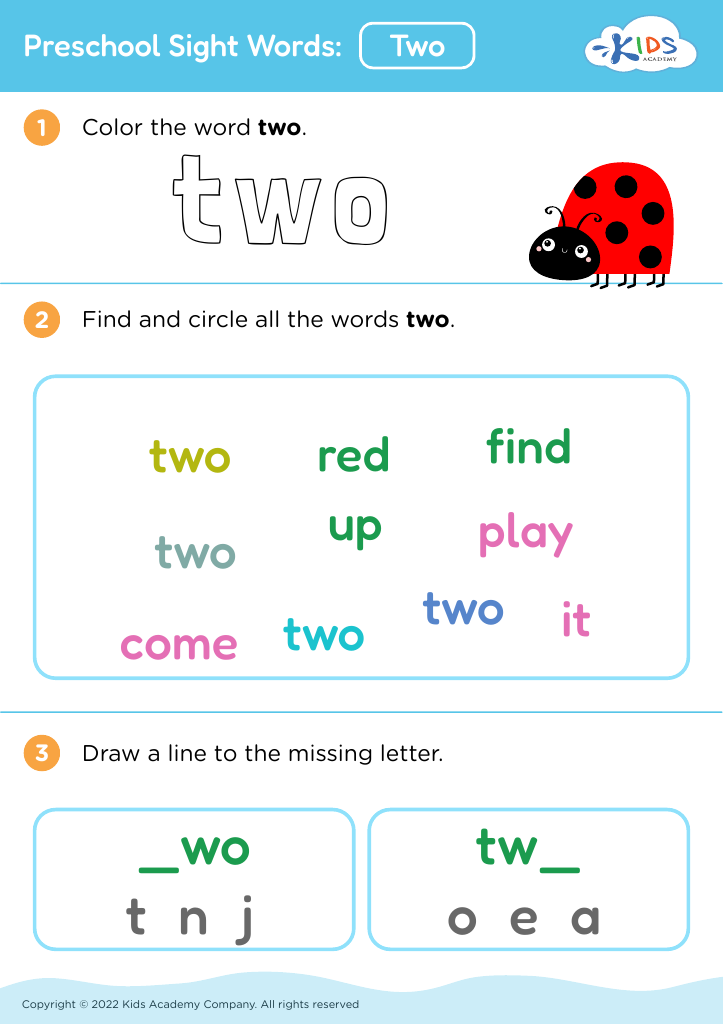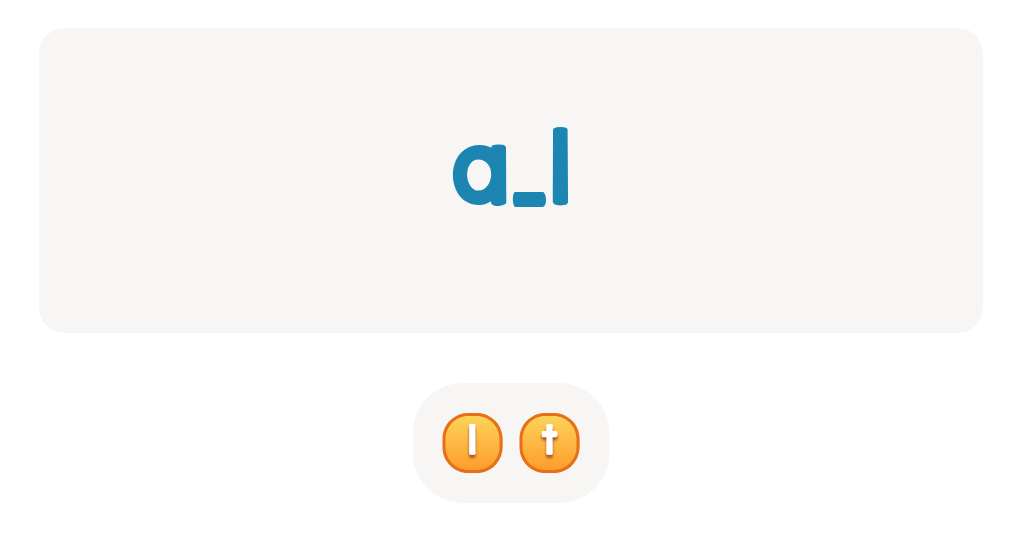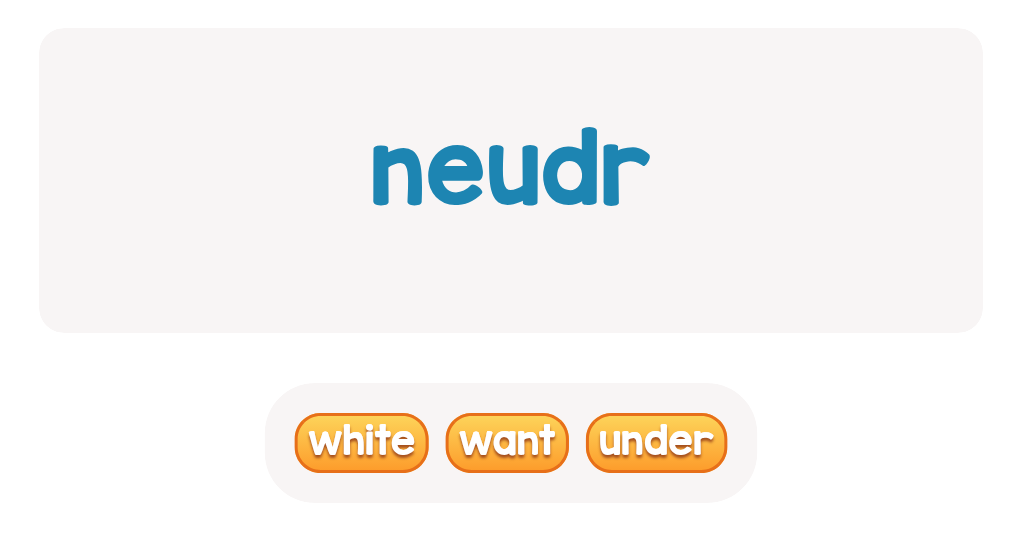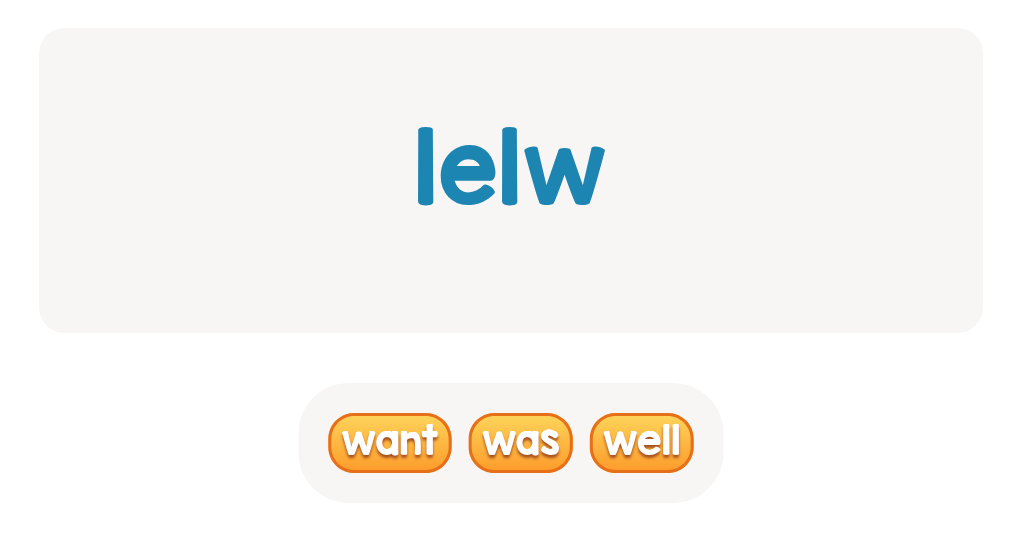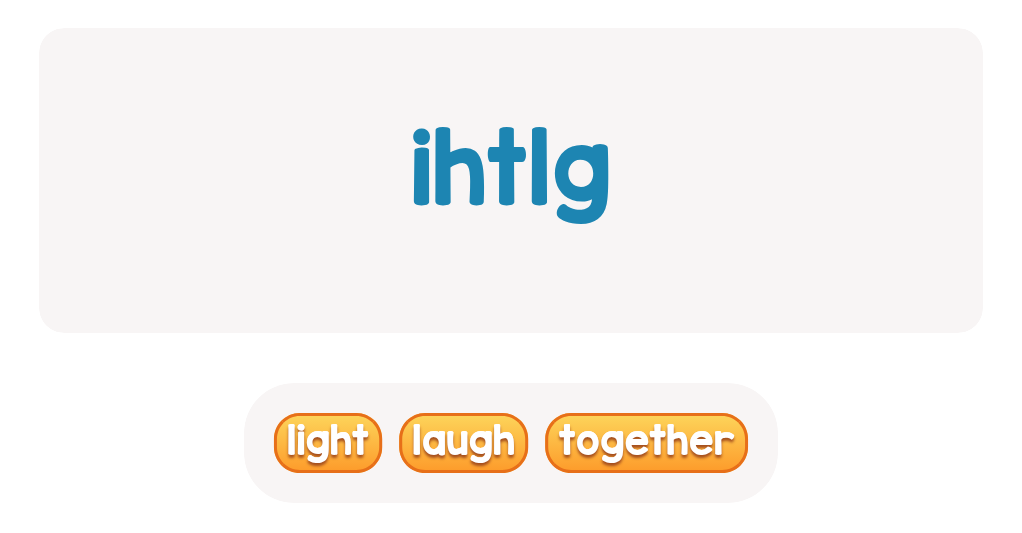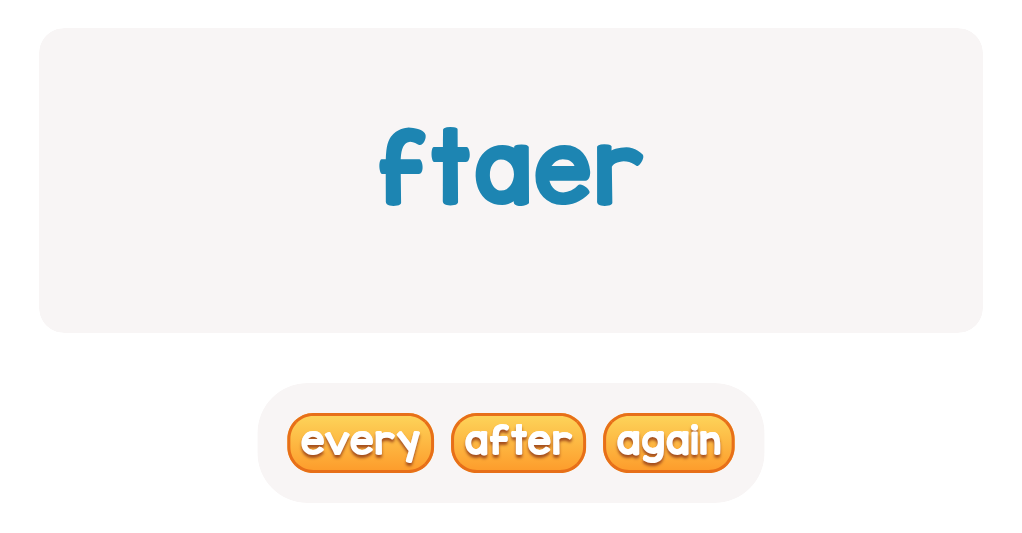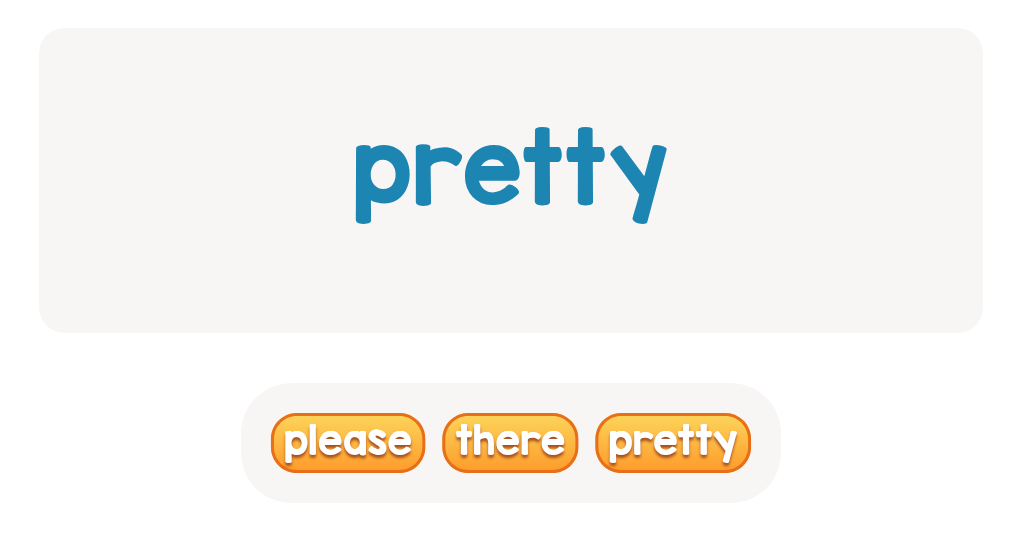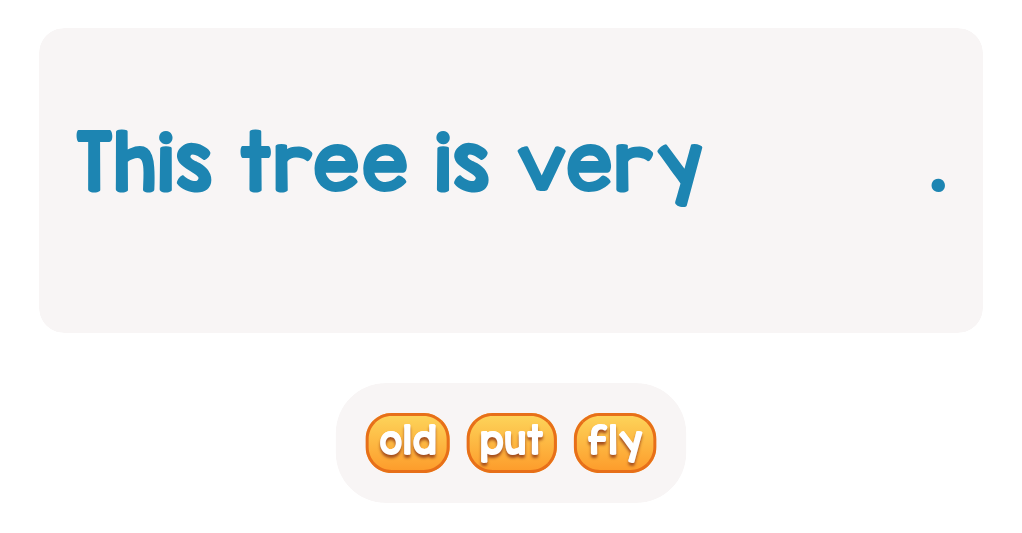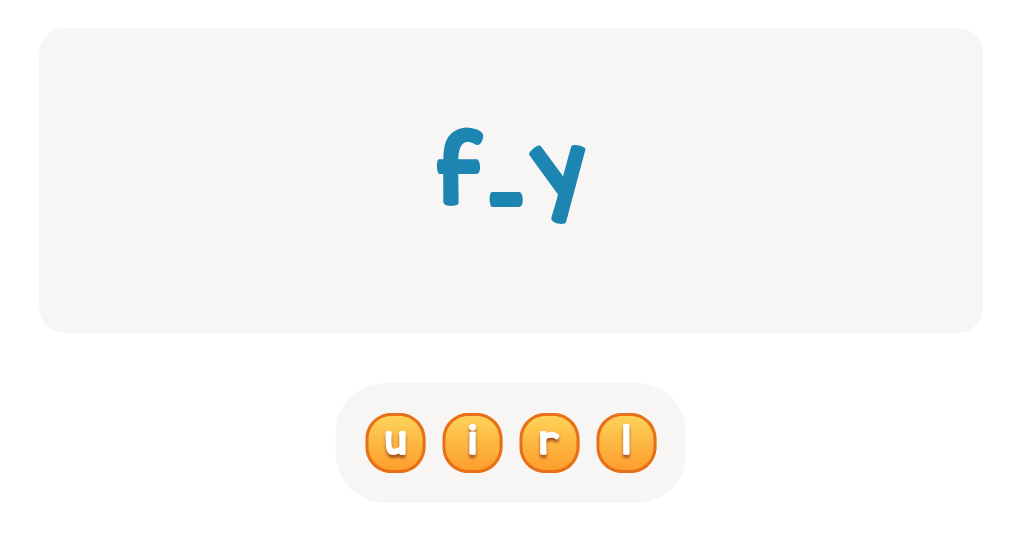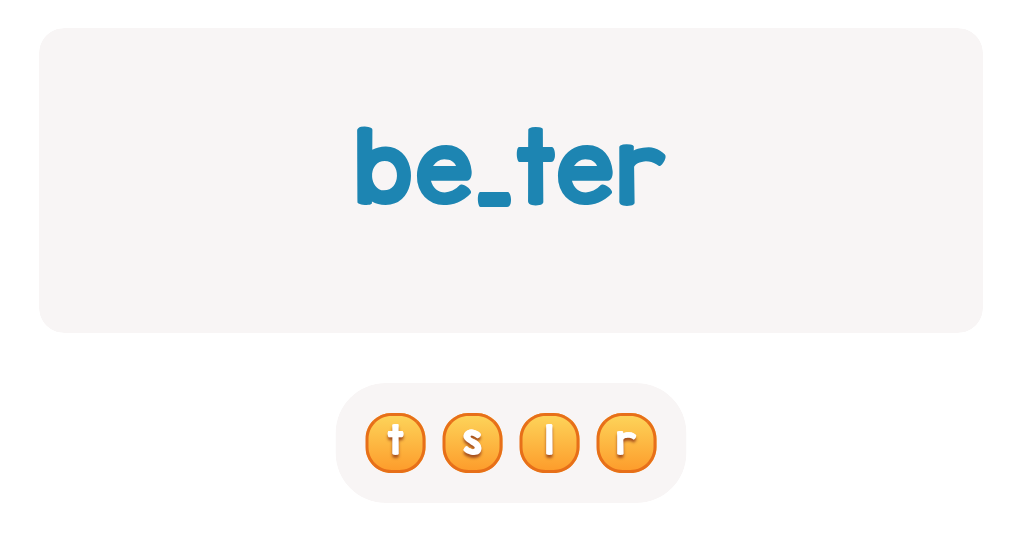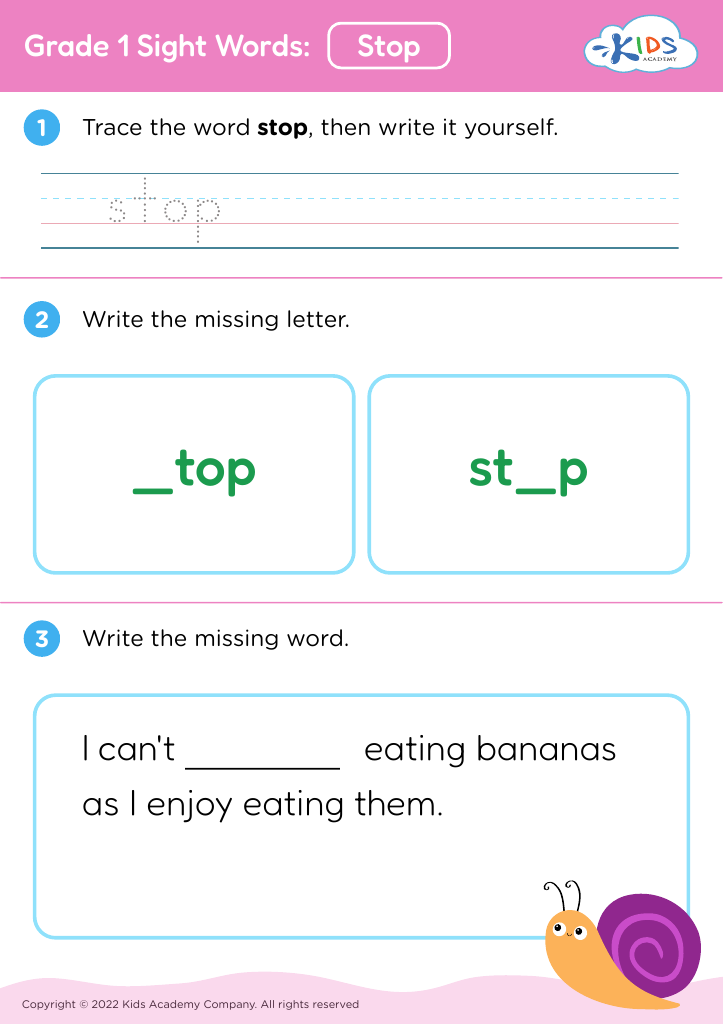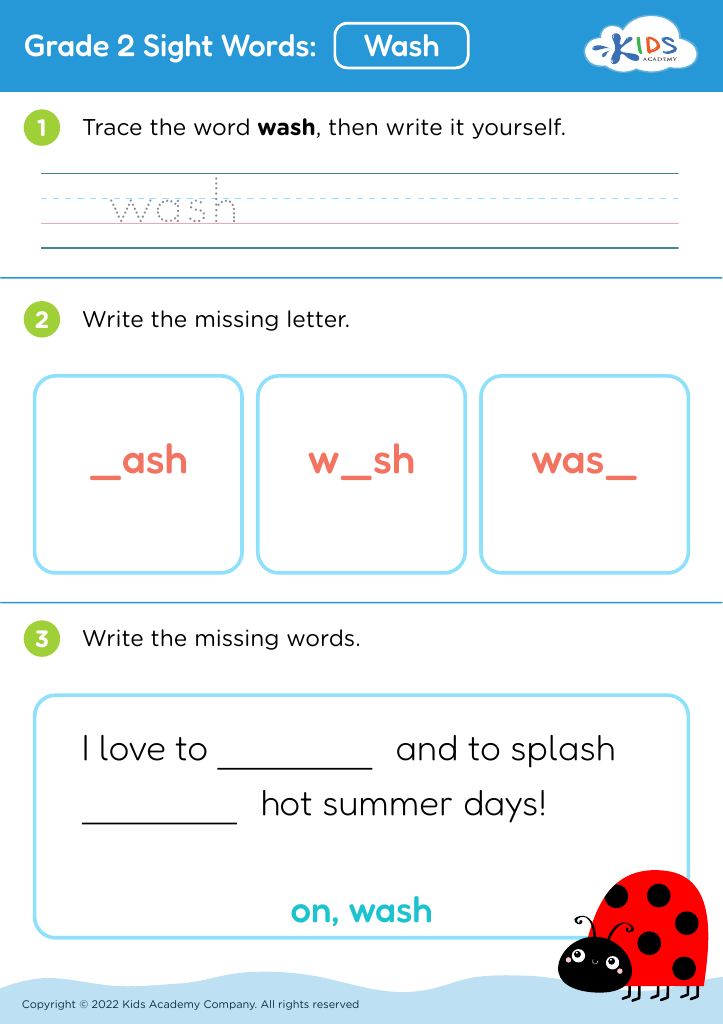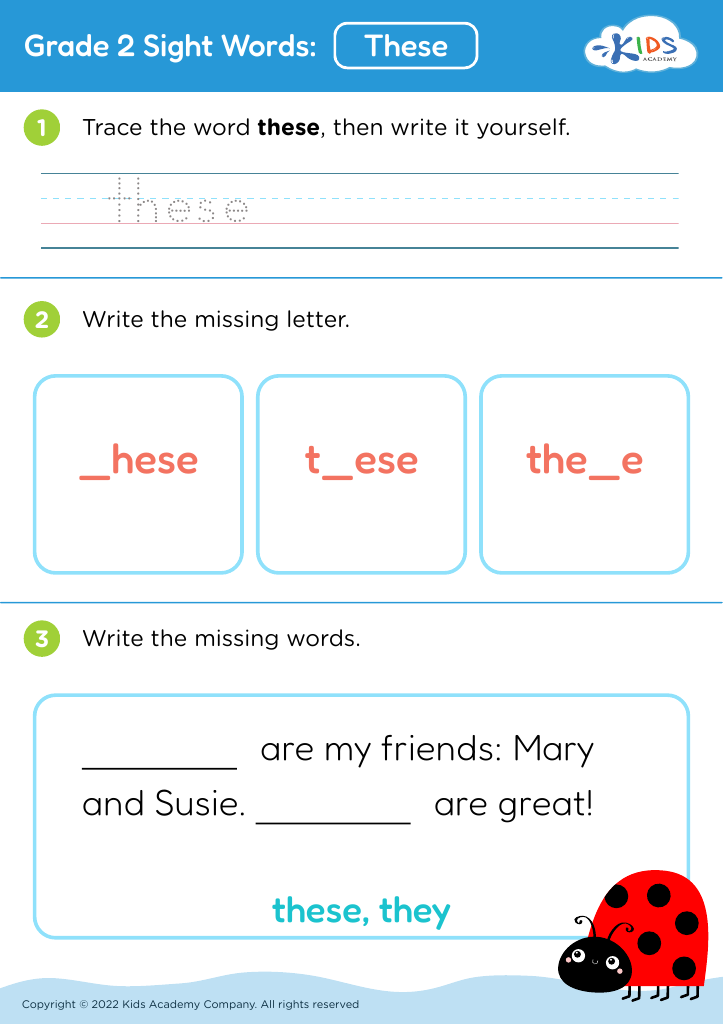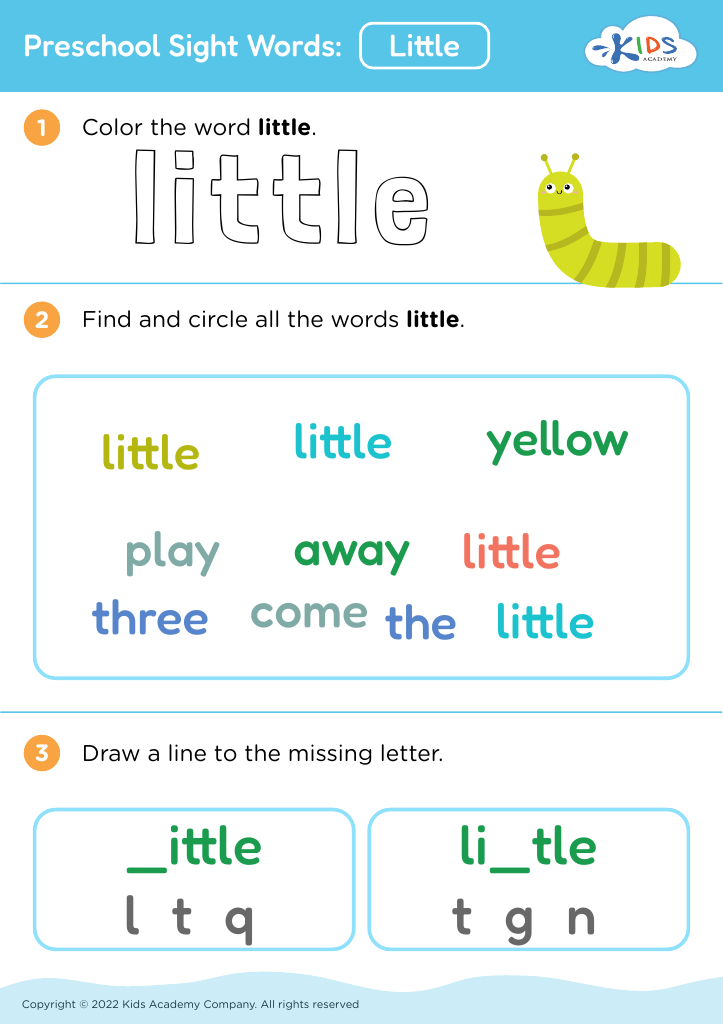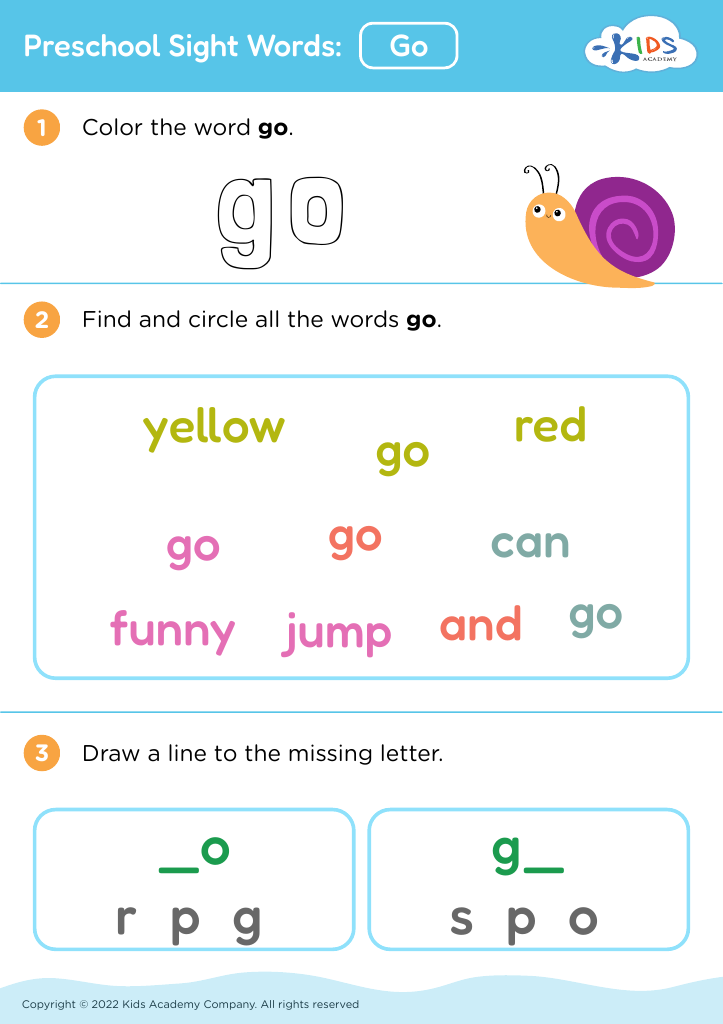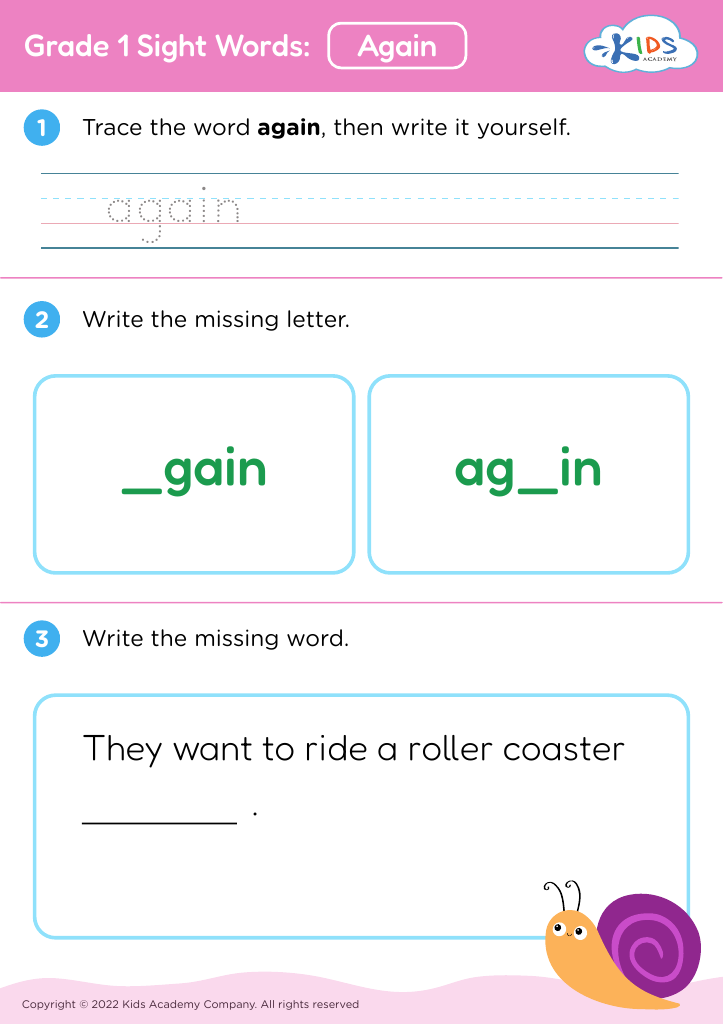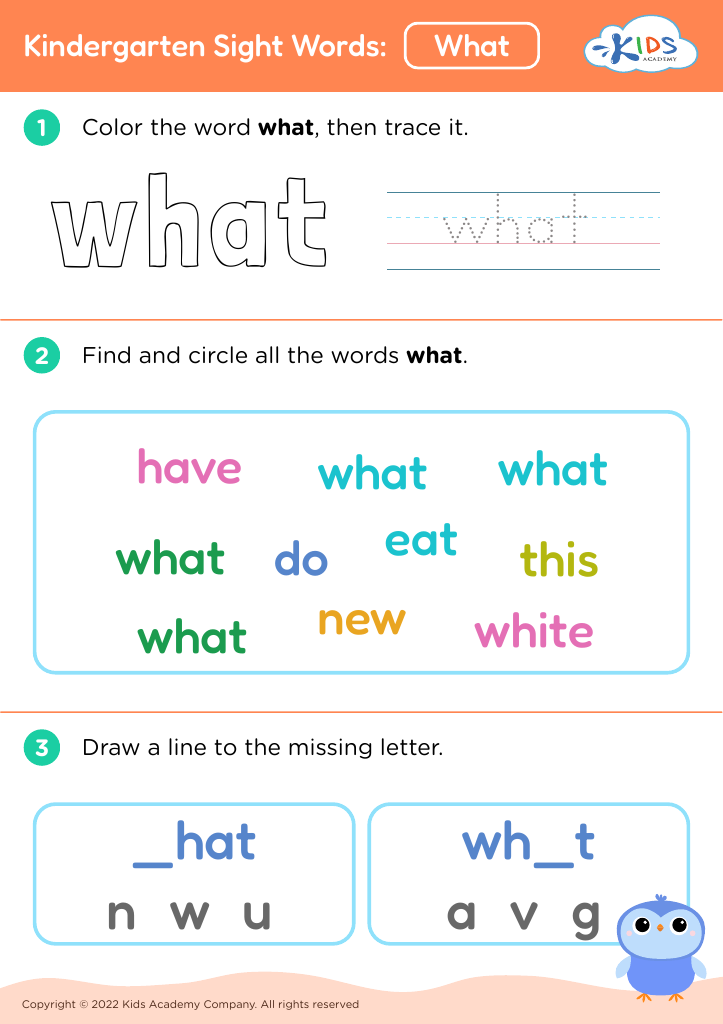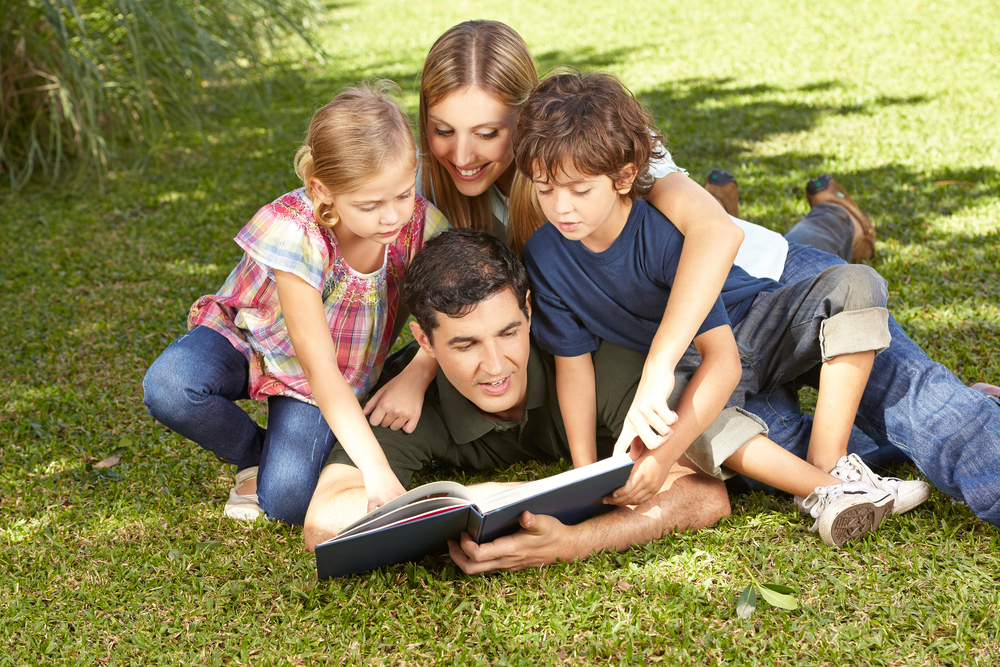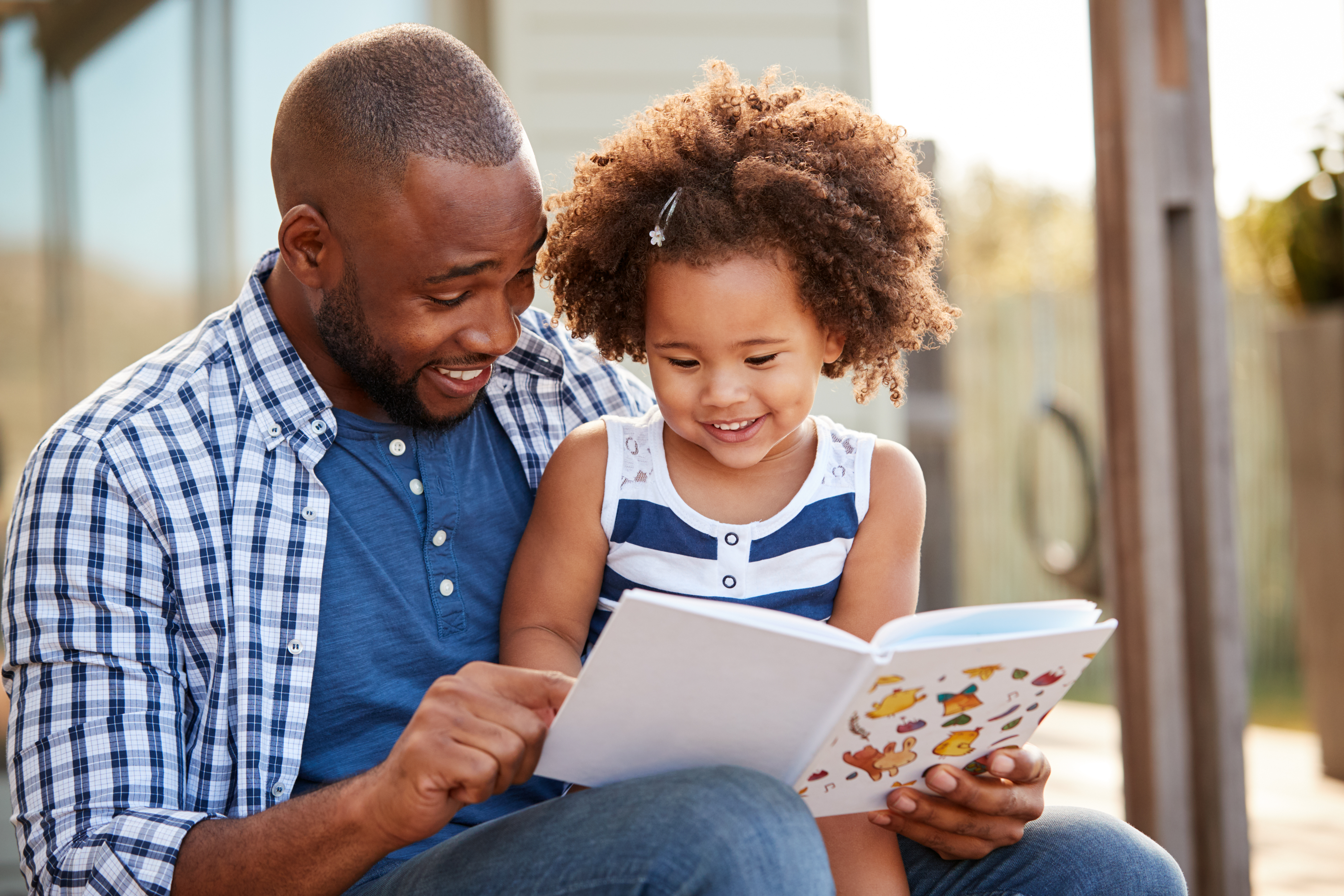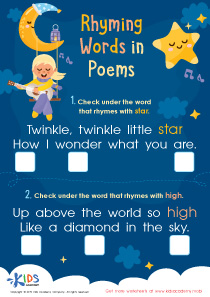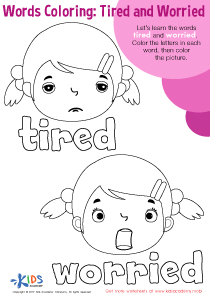Understanding patterns Building Vocabulary Worksheets for Ages 5-9
8 filtered results
-
From - To
Our "Understanding Patterns: Building Vocabulary Worksheets for Ages 5-9" are thoughtfully designed to enhance young learners' language skills. These engaging worksheets help children recognize and understand patterns in various contexts, fostering critical thinking and vocabulary development. Tailored for ages 5-9, each activity is educational and fun, making learning an interactive experience. Whether utilized at home or in the classroom, these worksheets are excellent tools for building foundational vocabulary and comprehension skills, setting the stage for future academic success. Explore our collection to support your child's literacy journey creatively and effectively.
Understanding patterns and building vocabulary are foundational skills crucial for the cognitive and academic development of children aged 5-9, making them essential focal points for both parents and teachers.
Patterns are more than just visual sequences; they are integral to developing logical thinking and problem-solving skills. Recognizing patterns helps children predict and understand their world, laying the groundwork for future math and reading skills. For instance, spotting patterns in numbers is a fundamental part of grasping addition and multiplication. Similarly, understanding sentence patterns aids in language comprehension and usage, fostering early literacy.
Building vocabulary, on the other hand, is key for effective communication and academic success. A robust vocabulary enables children to express their thoughts and emotions more clearly, enhancing their social interactions and emotional development. Academically, a rich vocabulary significantly improves reading comprehension and writing skills, enabling children to grasp complex concepts and instructions across subjects.
Parents and teachers should invest time in these areas because they provide children with essential tools for learning and interacting with the world. Through engaging activities, story-telling, games, and practical experience, adults can help children master these skills, thereby setting a strong foundation for lifelong learning and success.
